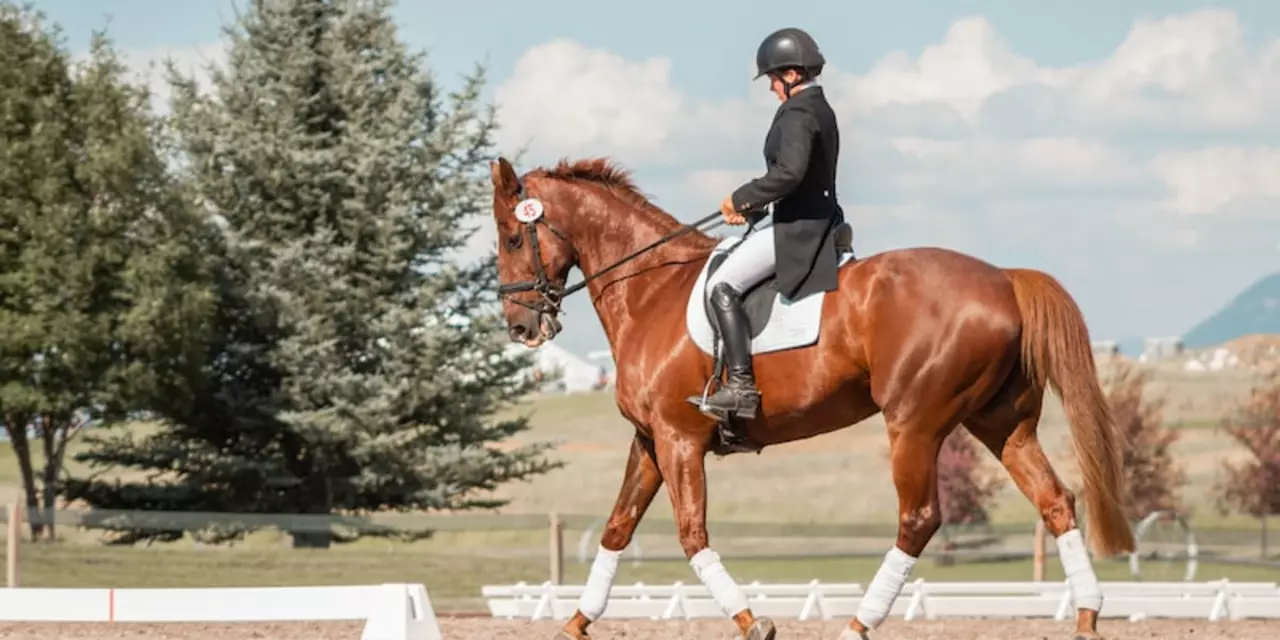Trainer Tips for Equestrian Success
Ready to get better at riding or help your horse improve? A good trainer knows a few simple rules that make a big difference. Below you’ll find straight‑forward advice you can start using right away, whether you’re new to training or have been at it for years.
Essential Training Gear
First thing’s first – the right gear keeps both you and your horse safe. A well‑fitting helmet is non‑negotiable; it should sit level on your head and feel snug, not tight. Next, pick a saddle that matches the shape of your horse’s back. An ill‑fitted saddle can cause soreness and even long‑term problems.
When it comes to boots, stick to sturdy, heeled riding boots. Flip‑flops or sandals are a hazard because they can slip through the stirrup. If you like spurs, choose a blunt pair for beginners; they give a gentle cue without hurting the horse.
Don’t forget the basics: clean, well‑maintained reins and a bridle that fits comfortably. A loose bit can lead to confusion and frustration for the horse.
Building a Strong Rider‑Horse Bond
The best training results from trust. Spend a few minutes each session just calming your horse, patting its neck, and speaking in a low voice. This signals that you’re a partner, not a boss.
Start with simple commands – walk, trot, halt – and reward the horse each time it follows correctly. Rewards can be a gentle pat, a word of praise, or a small treat. Consistency is key: use the same cue every time so the horse learns faster.
Pay attention to your posture. Keep your shoulders back, elbows relaxed, and eyes looking ahead. A balanced rider gives the horse clear directions and feels less strain.
If you notice your horse lagging or getting stiff, check the tack first. Often a small discomfort is the cause of a bad reaction. Adjust the saddle, tighten the girth just enough, and make sure the stirrups are at the right length.
Training isn’t a one‑size‑fits‑all. Some horses respond best to gentle, repetitive drills, while others need a bit more excitement. Feel out what works for yours and stick with it.
Here are a few quick go‑to drills:
- Circle work: Ride a large circle at a walk, then a trot. This improves balance and helps the horse learn to follow your lead.
- Figure‑eights: Combine left and right turns. It teaches the horse to change direction smoothly.
- Stop‑and‑go: Ask for a halt, wait a beat, then ask to go again. It sharpens obedience.
Remember, every session should end on a positive note. If the horse is still nervous, back off a little and try again later. A happy horse learns faster.
Finally, keep a training journal. Write down what you did, how the horse reacted, and any adjustments you made. Over time you’ll spot patterns and see real progress.
With the right gear, clear communication, and a focus on trust, you’ll see steady improvements in both your riding and your horse’s confidence. Happy training!

Horse riding is a fun and rewarding activity that can be learned without a trainer. It requires patience, dedication, and research to learn the basics of riding. The first step is to find a horse to ride. Other important steps include learning general horse care and safety, understanding the basics of riding, and practicing as much as possible. Additionally, it is important to find a knowledgeable mentor and join a riding group to help with the learning process. With the right attitude and effort, anyone can learn to ride a horse without a trainer.
Read more
